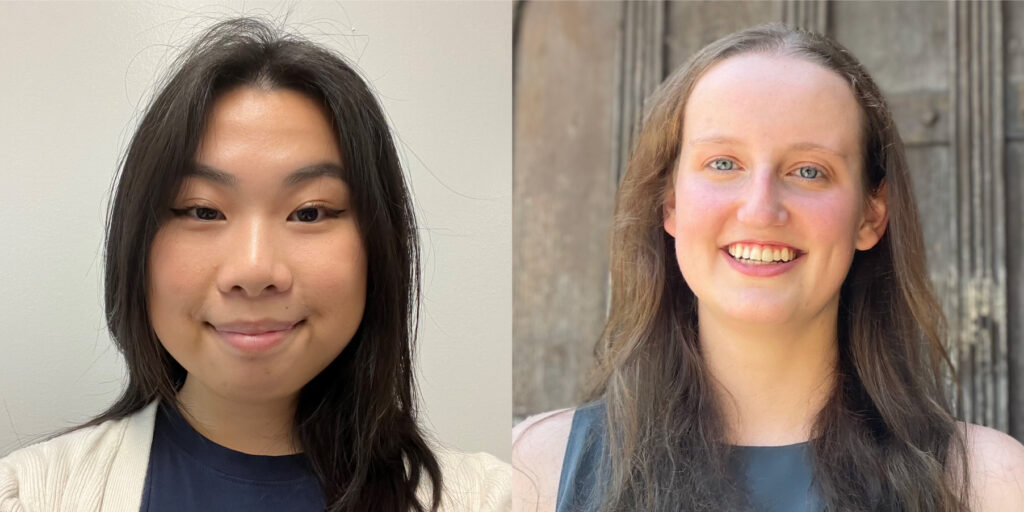Scientists solve longstanding antimatter mystery
As Newton observed, an apple falls from the tree and hits the ground. But what would an antimatter apple do? That was the question an international collaboration with Professor Emeritus Scott Menary, Department of Physics & Astronomy, set out to answer. Ultimately, the team was testing Einstein’s General Theory of Relativity to see if the theory also held true for antimatter or, in this specific case, antihydrogen. What they found is yes, antihydrogen, like hydrogen, falls down, not up.
The measurement was carried out by the Antihydrogen Laser Physics Apparatus (ALPHA) collaboration using the new ALPHA-g apparatus now in operation at the European Organization for Nuclear Research (CERN). Menary was co-project manager of construction for ALPHA-g’s radial Time Projection Chamber (rTPC), which he also helped design. The rTPC was one of two new detectors used in the experiment.
The experiment worked by first creating a sample of antihydrogen atoms, trapping (holding) them in an extraordinarily cold magnetic bottle, then releasing them by varying magnetic fields to measure their gravitational behaviour. The research was published in the journal Nature.

Researchers uncover history of oxygen deprivation in Lake Erie
A team led by Professor Roberto Quinlan, Department of Biology, and MSc graduate Dmitri Perlov used a novel method to find a history of deep-water oxygen deprivation in Lake Erie that continues today. They looked at how fossilized remains of small insect larvae called chironomids, which are highly sensitive to changing oxygen levels, were affected over the past 150 years.
A lack of deep-water oxygen is concerning because it can spur summer algal blooms, which can affect drinking water and harm or kill fish. The researchers found that Lake Erie has suffered declines and depletion of bottom oxygen in the past, prior to major Euro-American settlements; however, it wasn’t as bad as it is today.
“Our study’s results emphasize the vulnerability of Lake Erie because it naturally had periods of low oxygen prior to large scale European settlement, urbanization, industrialization, agricultural fertilizers and all these additional stressors that make Lake Erie that much more vulnerable to low oxygen,” said Quinlan.
“Of all the Great Lakes, Lake Erie is the most stressed by human influence and has the poorest water quality so it is of great interest to both the United States and Canadian governments.”
The research was published in the Journal of Great Lakes Research.
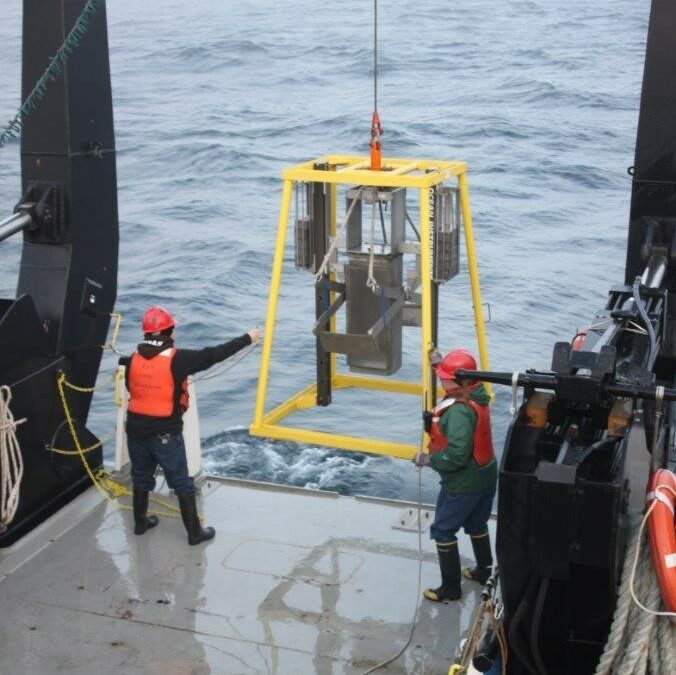
York atmospheric scientists analyze city's air pollution
Professors Cora Young and Trevor VandenBoer, Department of Chemistry, led a team to examine Toronto's air for six weeks in summer 2023 from their rooftop Air Quality Research Station at York.
Their project, named THE CIX (Toronto Halogens, Emissions, Contaminants, and Inorganics eXperiment), was part of a field campaign across North America organized by NASA and the National Oceanic and Atmospheric Administration. State-of-the-art instruments were deployed in multiple, coordinated research campaigns, including at York University, to investigate how air pollution sources have shifted over recent decades. Additionally, a NASA aircraft cruised over campus to take air quality readings from higher in the atmosphere.
One of the things THE CIX team hopes to understand is how a mix of trace chemicals will sometimes combine to create little understood, new and changing threats that can contribute to worse air quality.
“There is still so much we don’t know about what’s impacting the air we breathe, and until we do, it’s difficult to effectively target contaminants that are affecting our air quality now and into the future,” said Young.
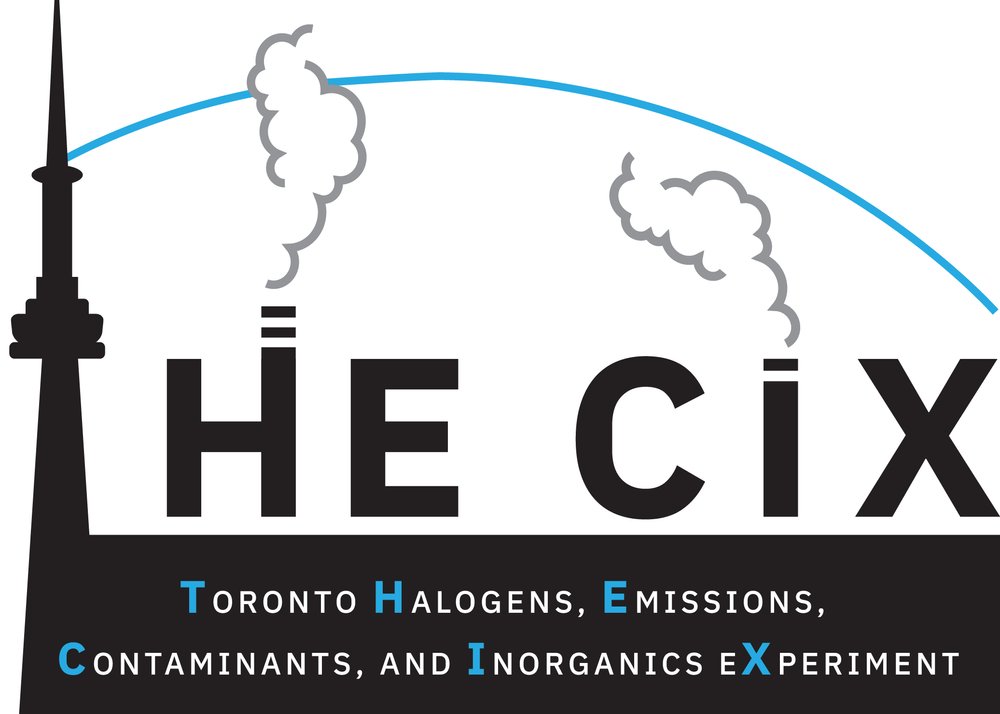
Mathematician uses patented AI algorithm to advance healthcare
Professor Steven Xiaogang Wang, Department of Mathematics & Statistics, had a US patent approved for an algorithm that reduces the training time of artificial intelligence (AI) machine learning. Titled “Parallel Residual Neural Network Architecture and System and Method for Training a Residual Neural Network,” the patent was based on a collaboration with former postdoctoral fellow Ricky Fok, Professor Aijun An (Lassonde), and former graduate research assistant Zana Rashidi.
The algorithm’s framework uses a mathematical formula to allow residual networks – responsible for the training of AI – to compute in parallel to each other, thereby enabling faster simultaneous learning. Wang is particularly interested in applying his work to health care. “This is my dream and mission,” he said.
He has especially focused on using AI to improve care for seniors, and that work earned him a Queen Elizabeth II Platinum Jubilee Award from the House of Commons in 2023 for initiatives to mitigate the spread of COVID-19 in long-term care facilities.
Wang plans to use his patented algorithm in ongoing projects that aim to provide smart monitoring of biological signals for seniors, such as electrocardiogram signals at night.

Establishing a new definition of the human
A new program proposed by Professor Hélène Mialet, Department of Science, Technology & Society, was one of three winners of the international “Future of Being Human” competition held by the Canadian Institute for Advanced Research (CIFAR). Mialet (principal investigator) is co-director of CIFAR’s new Future Flourishing program, which also includes Professor Kristin Andrews (Faculty of Liberal Arts & Professional Studies) as a new Fellow.
Mialet, along with co-directors Tarek Elhaik (University of California, Davis) and Christopher Kelty (University of California, Los Angeles), assembled a network of 16 exceptional scholars and practitioners, including philosophers, historians, curators, conservators, artists and anthropologists from around the world to participate in the program.
“The fundamental question at the core of the Future Flourishing program,” explained Mialet, “is how can we live well without human exceptionalism. How can we live well and flourish with those upon whom we depend or with whom we share a common world? The establishment of a new definition of the human will have tremendous implications for how we think about and ‘do’ politics, ethics, knowledge and morality.”
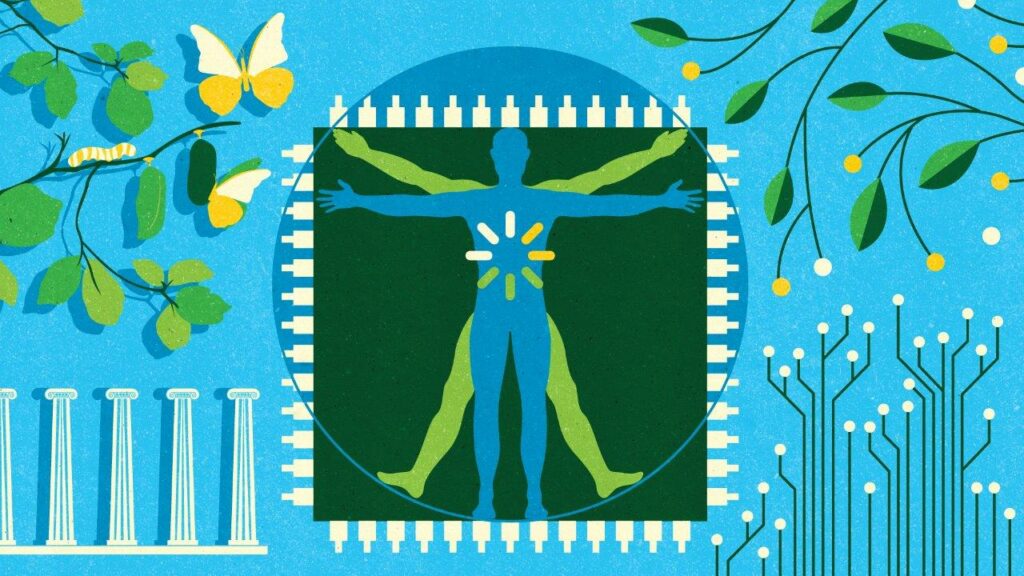
New York Research Chair in Global Change Biology
Professor Sapna Sharma, Department of Biology, was named among the 15 newest York Research Chairs (YRC), an internal program that mirrors the national Canada Research Chairs program in recognizing world-leading researchers in a variety of fields.
Sharma was appointed as a Tier 2 YRC in Global Change Biology.
Her research as YRC will seek to gain a deeper understanding of the ecological impacts of climate change on freshwater availability and quality. Sharma’s research will capitalize on long-term climatic and ecological time series collected from thousands of lakes and apply cutting-edge statistical and machine learning analyses to forecast the impacts of global environmental change on freshwater security and help to explain macroecological patterns, drivers and impacts of worldwide lake responses to climate change. The research program will collaborate with researchers across disciplines to develop technological, natural, health and social solutions to water security.
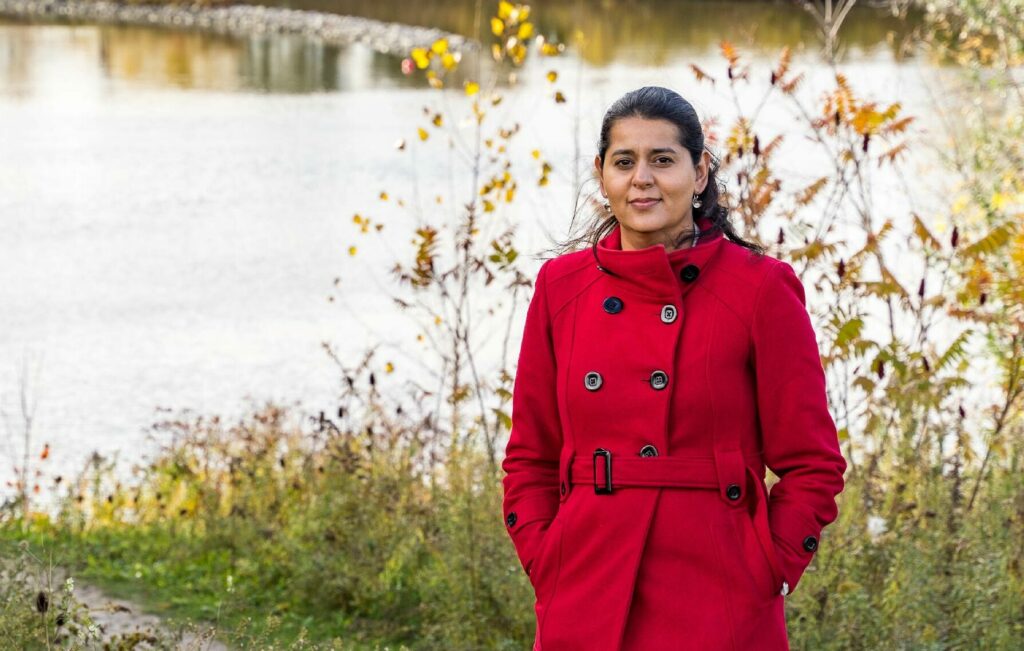
Undergraduate conference shines spotlight on student researchers
More than 60 students from the Faculties of Science, Health, and Environmental & Urban Change attended the Faculty of Science Summer 2023 Undergraduate Research Conference to present their projects, reflecting work ranging from bee conservation and biochemical innovations to quantum computing and more.
The conference was an opportunity for recipients of the Natural Sciences and Engineering Research Council of Canada Undergraduate Summer Research Awards, the Dean’s Undergraduate Research Awards, the Earle Nestmann Undergraduate Research Awards and the York Science Scholars Awards to share projects they had worked on over the summer. Students’ presentations were judged by faculty members, postdocs and graduate students, and the winners for best presentations were announced at the end of the event.
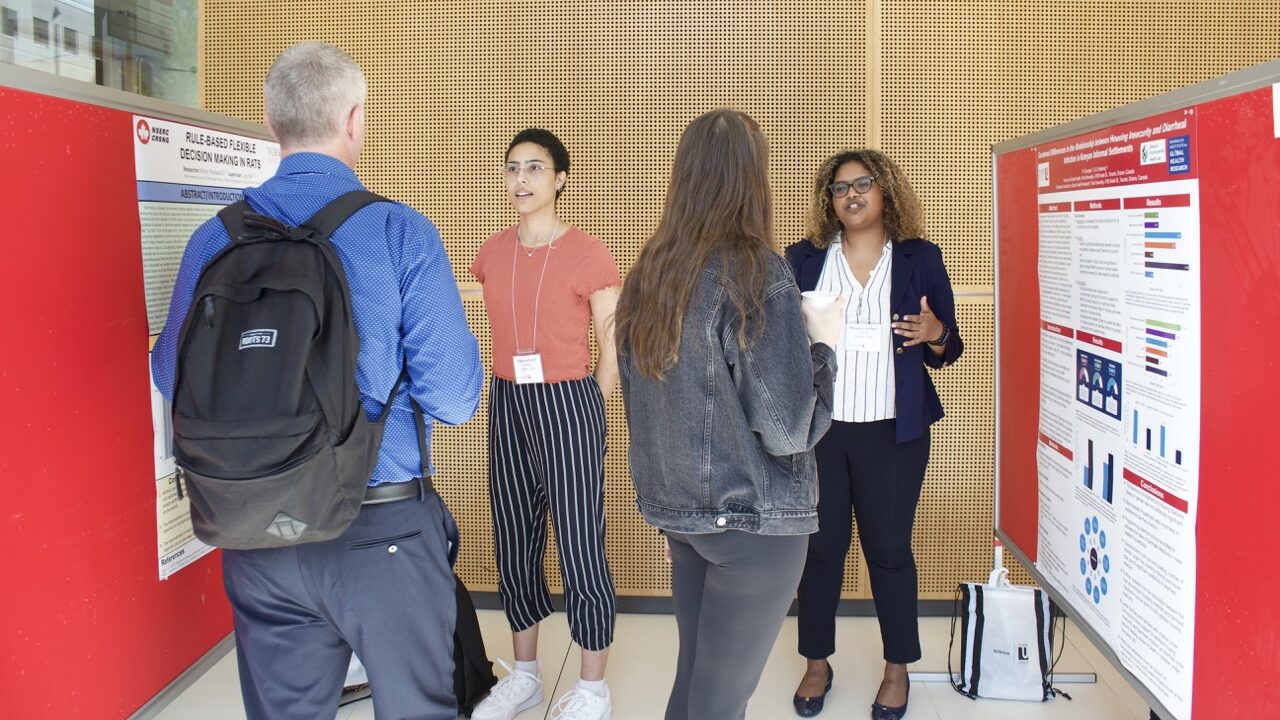
The following Science students received awards for their oral presentations: Hannah Le (first place), Chiara Di Scipio (second place), and Isaac Kogan (third place).
The following Science students received awards for their poster presentations: Jessica Latimer (first place), Sarah Powell (second place), and Yash Shrestha (third place).
Health students were announced in a separate category, with the following receiving awards: Patrick Hewan (best oral presentation), and Mira Bhattacharya (best poster presentation).
